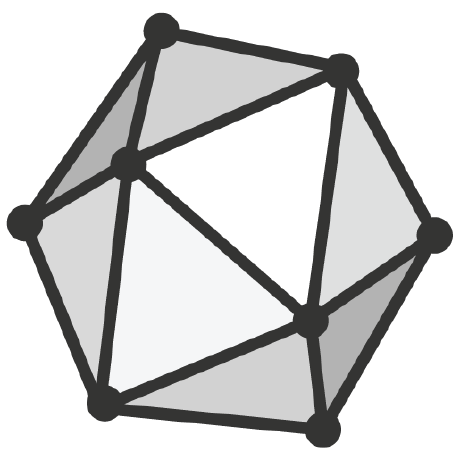Discover and explore top open-source AI tools and projects—updated daily.
tutorials by  onnx
onnx
ONNX model tutorials and examples
Top 13.3% on SourcePulse
This repository provides comprehensive tutorials and examples for the Open Neural Network Exchange (ONNX) format, targeting ML engineers and researchers. It simplifies the process of converting, scoring, and deploying models across various frameworks and platforms, enabling greater interoperability and flexibility in ML workflows.
How It Works
The project acts as a central hub for ONNX-related learning resources. It details conversion pathways from popular ML frameworks (PyTorch, TensorFlow, Keras, etc.) to ONNX using specialized tools like onnx/onnxmltools and onnx/tensorflow-onnx. It also showcases how to run ONNX models using inference engines such as ONNX Runtime, TensorRT, and platform-specific solutions like Windows ML.
Quick Start & Requirements
- Installation and usage are framework-dependent, with specific tutorials linked for each conversion or scoring scenario.
- Prerequisites vary by tutorial, often requiring specific ML framework installations (PyTorch, TensorFlow), ONNX Runtime, and potentially hardware accelerators (GPU, TensorRT).
- Links to official documentation, examples, and model zoos are provided for each tool and framework.
Highlighted Details
- Extensive coverage of converting models from 10+ ML frameworks to ONNX.
- Tutorials on scoring ONNX models using diverse runtimes including ONNX Runtime, TensorRT, and Windows ML.
- End-to-end examples demonstrating ONNX usage in AI serving, mobile deployment, quantization, and custom operators.
- Resources for visualizing ONNX models via Netron and Netdrawer.
Maintenance & Community
- The project is actively maintained by the ONNX community, welcoming contributions to converters and bindings.
- A contributor guide is available for those looking to participate.
Licensing & Compatibility
- The repository itself is likely under a permissive license, but specific tools and frameworks mentioned may have their own licenses. Compatibility for commercial use depends on the licenses of the individual tools and models used in the tutorials.
Limitations & Caveats
- Experimental features are noted for some frameworks (e.g., Apache SINGA).
- The breadth of tutorials means setup complexity and dependencies can vary significantly between examples.
1 year ago
Inactive

 KaihuaTang
KaihuaTang gomlx
gomlx Talmaj
Talmaj microsoft
microsoft PINTO0309
PINTO0309 nogibjj
nogibjj OpenPPL
OpenPPL huggingface
huggingface TingsongYu
TingsongYu